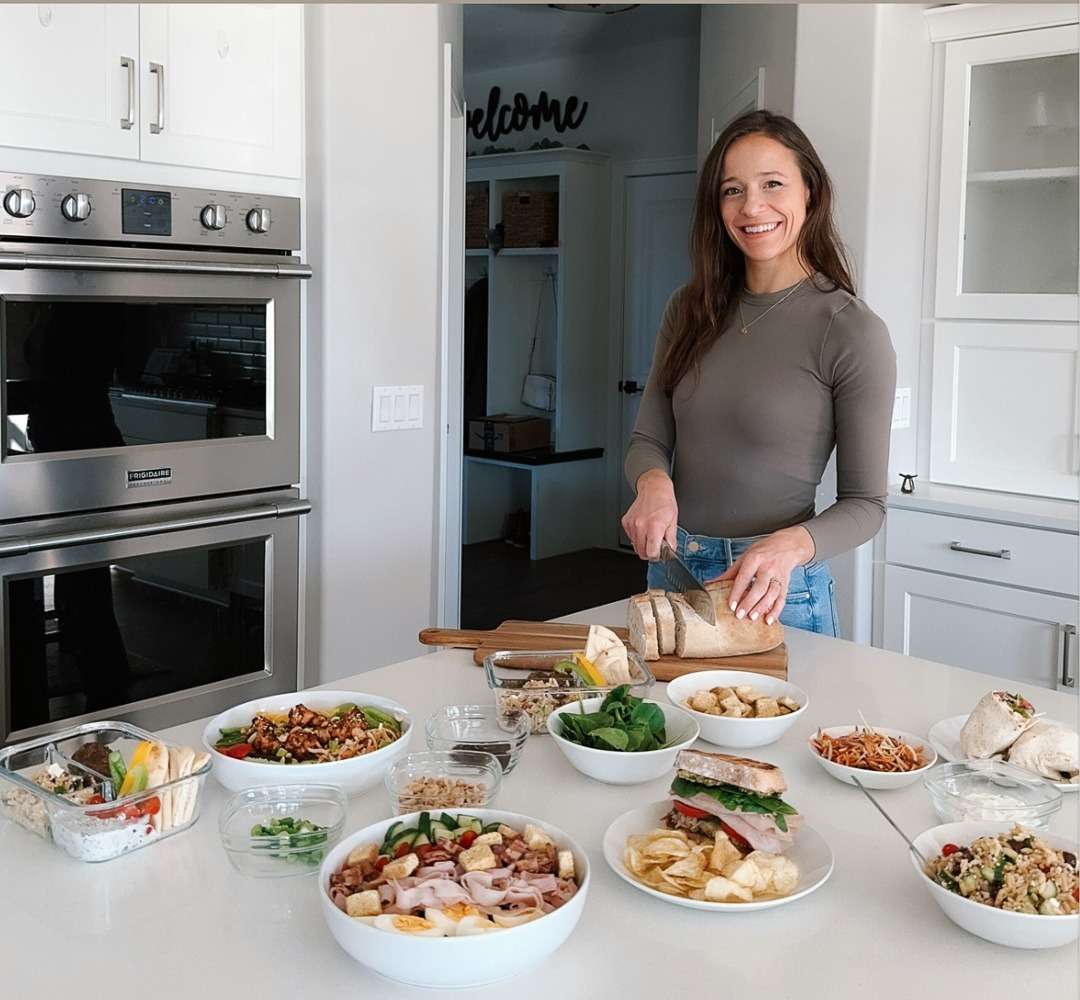Top 10 Tips For Healthy Grocery Shopping On A Budget
Healthy grocery shopping on a budget is possible. Review the top 10 tips listed below to help plan out your next visit to your local grocers!

Before You Go Grocery Shopping
1. Plan your grocery list before going shopping. Look through your cabinets, fridge, and freezer to determine what foods you already have in stock. Next, review sales occurring at your local grocers – are there any foods you can purchase on sale? Focus on purchasing produce that is in-season. Purchasing produce in-season tends to be cheaper, more nutrient-dense, and more flavorful.
2. Plan out your meals and snacks for the week. Purchase pasture raised, grass fed, fresh caught, and sustainable animal proteins, healthy fats, and fiber to create well balanced meals and snacks to have throughout the week that will keep you feeling full and satisfied.
3. Eat before you go grocery shopping. To prevent yourself from purchasing foods not on your grocery list, have a snack before you go! Try the No Bake Pumpkin Seed Energy Bites for a quick grab-and-go snack before heading to the store.
4. Be prepared to visit multiple stores to get all the groceries on your list. Be mindful of prices when you go grocery shopping. Once you do, you will notice what stores have the better deals on the food items you are purchasing.

While You’re Grocery Shopping
5. Avoid pre-cut fruits and veggies. Pre-cut fruits and veggies are great for convenience! However, if you are shopping on a budget, purchasing whole fruits and veggies and preparing them at home will save you money.
6. Purchase frozen fruits and veggies to stock your freezer. This will allow you to purchase a variety of produce that will not perish before you’re able to consume it.
7. Read nutrition fact labels! Don’t always believe the claims written on the front of the package. Review the nutrition fact label and ingredient list to understand what is in the pre-packaged food. Pre-packaged foods are convenient, but not always the best option as they generally tend to be low in nutrients and high in calories, added sugars, sodium, and saturated fats.
8. Stick to your grocery list! By sticking to your grocery list, you are buying ingredients for the meals and snacks you have planned for the week.
9. Use any coupons or perk programs used at your local grocery stores. Some grocery stores have a perks program you may sign-up for. Think about doing so if you shop there often.

After You’re Done Grocery Shopping
10. When you get home from the grocery store, cut your fresh produce so it is easily accessible throughout the week. Keep your fridge, freezer, and pantry organized by using the first-in first-out method, this will help prevent food waste.
Utilize the tips listed above and keep note of your grocery bills. Are they gradually going down each time you go grocery shopping? Comment below/share this post if you found it helpful! 😊 If interested, I also created a blog post discussing food brands I love as a Registered Dietitian.

